Crop Type
Romaine
Color
Green
Growing System
Open field, Indoor, Hydroponic
Growing Season
Winter
Usage
Fresh Market, Industry
Head Shape
Upright Closed
Resistances
Fol, LMV:1
Sowing
Planting
Harvest
Storage

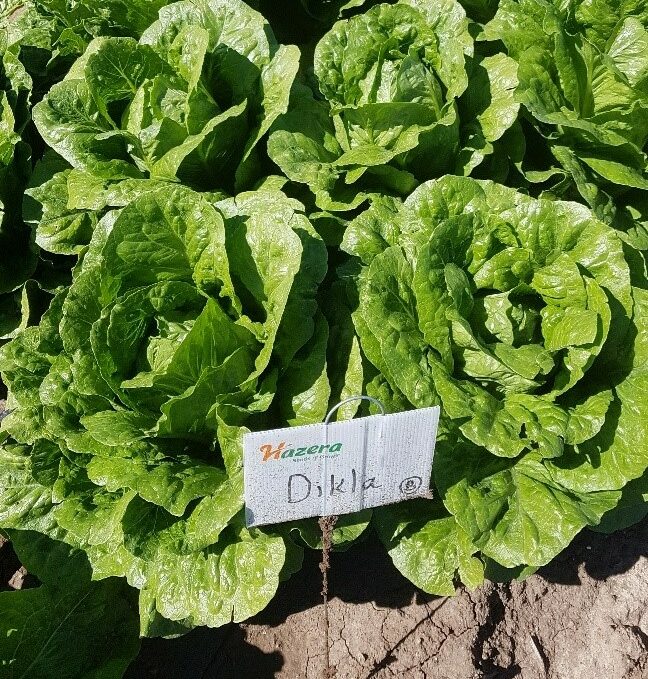
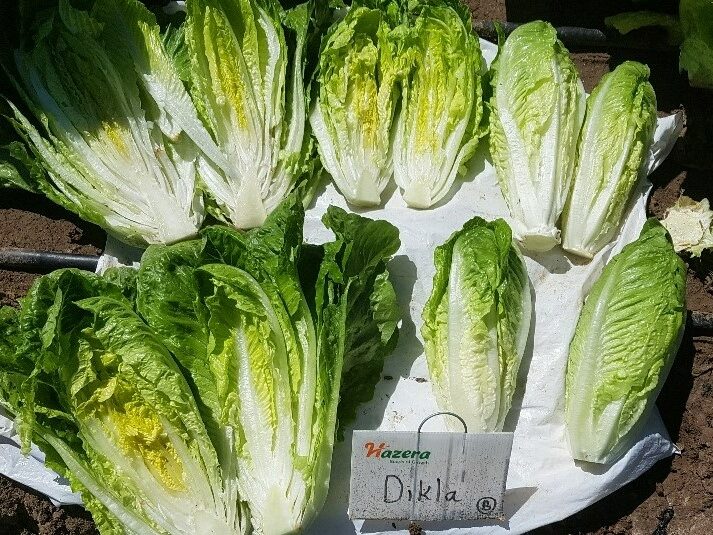
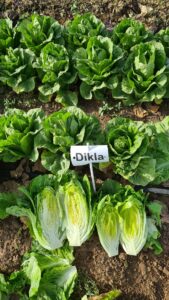
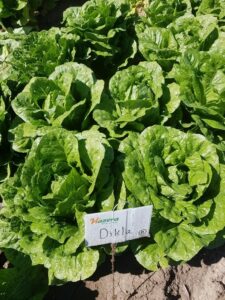
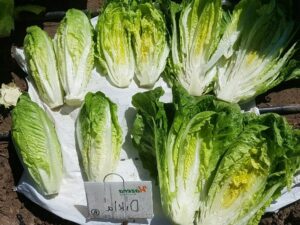
A shiny, dark green romaine lettuce variety, perfect for pre-packaged short hearts, fresh market, and industrial use.
Suitable for planting in autumn, winter, or spring.
As well as hydroponic cultivation, with good uniformity.
Head weight (grams): 500-1000
Head shape: Upright, closed, compact.
Head base: Broad
Enhanced tolerance to leaf tip burn and leaf curling.
Days from planting to harvest: 40-80 days, depending on environmental conditions.
Planting dates: October – February
Click here to download the brochure in Hebrew.
A shiny, dark green romaine lettuce variety, perfect for pre-packaged short hearts, fresh market, and industrial use.
Suitable for planting in autumn, winter, or spring.
As well as hydroponic cultivation, with good uniformity.
Head weight (grams): 500-1000
Head shape: Upright, closed, compact.
Head base: Broad
Enhanced tolerance to leaf tip burn and leaf curling.
Days from planting to harvest: 40-80 days, depending on environmental conditions.
Planting dates: October – February
Click here to download the brochure in Hebrew.
Crop Type
Romaine
Color
Green
Growing System
Open field, Indoor, Hydroponic
Growing Season
Winter
Usage
Fresh Market, Industry
Head Shape
Upright Closed
Resistances
Fol, LMV:1
Sowing
Planting
Harvest
Storage
* Resistant varieties may exhibit some disease symptoms or damage under heavy pest pressure and/or under adverse environmental conditions and/or in the face of new biotypes, pathotypes, races or strains of the pest that may emerge.
For tomatoes: Soil temperature above 27°C and other stresses may cause nematode resistance to break.
**please refer to the ISF definitions at http://www.worldseed.org/wp-content/uploads/2017/05/Definition_on_reaction_plants_to_pests_2017_final.pdf
A copy of the definitions for terms describing reactions of plants to pests for the Vegetable Seed Industry, can be obtained at our offices upon demand.


A shiny, dark green romaine lettuce variety, perfect for pre-packaged short hearts, fresh market, and industrial use.
Suitable for planting in autumn, winter, or spring.
As well as hydroponic cultivation, with good uniformity.
Head weight (grams): 500-1000
Head shape: Upright, closed, compact.
Head base: Broad
Enhanced tolerance to leaf tip burn and leaf curling.
Days from planting to harvest: 40-80 days, depending on environmental conditions.
Planting dates: October – February
Click here to download the brochure in Hebrew.
* Resistant varieties may exhibit some disease symptoms or damage under heavy pest pressure and/or under adverse environmental conditions and/or in the face of new biotypes, pathotypes, races or strains of the pest that may emerge.
For tomatoes: Soil temperature above 27°C and other stresses may cause nematode resistance to break.
**please refer to the ISF definitions at http://www.worldseed.org/wp-content/uploads/2017/05/Definition_on_reaction_plants_to_pests_2017_final.pdf
A copy of the definitions for terms describing reactions of plants to pests for the Vegetable Seed Industry, can be obtained at our offices upon demand.